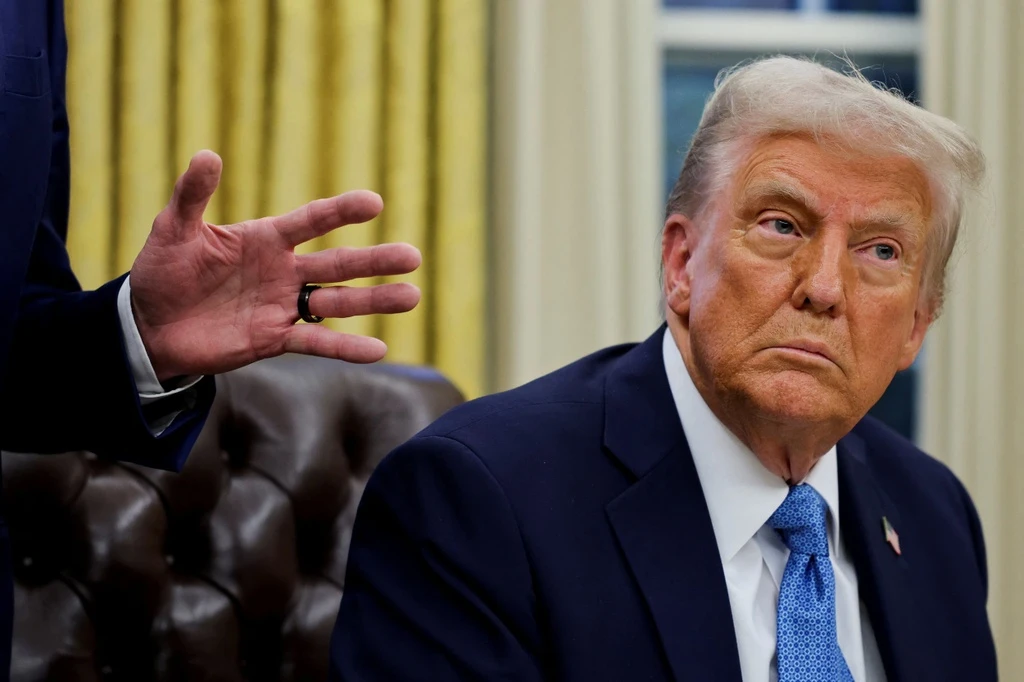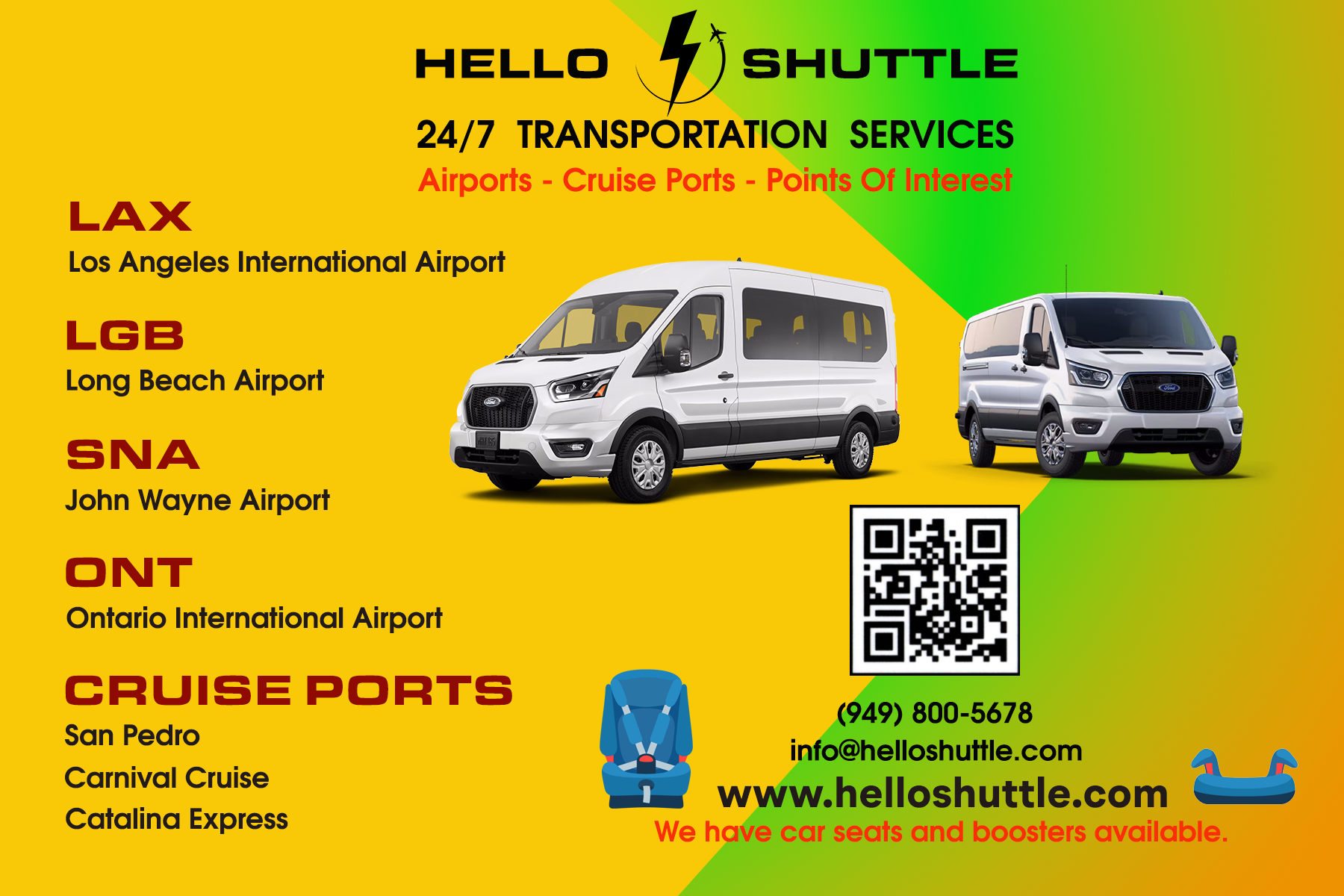
Starting February 4, imports from Mexico, Canada, and China will be subject to tariffs ranging from 10% to 25%, a move that could drive up prices for American consumers.
On February 1, President Donald Trump followed through on his promise to impose tariffs on Canada, Mexico, and China, citing their failure to curb illegal immigration and the flow of fentanyl into the U.S.
Speaking from his Mar-a-Lago resort, Trump signed three executive orders, imposing:
✅ 25% tariffs on all goods from Canada and Mexico
✅ 10% tariffs on energy products from Canada
✅ 10% tariffs on all imports from China
These measures were enacted under the International Emergency Economic Powers Act (IEEPA), which grants the president broad authority to regulate trade during national emergencies.
According to Trump’s executive order titled “Imposing Duties to Address the Flow of Illicit Drugs Across Our Northern Border”, the new tariffs take effect at 12:01 AM on February 4 (ET).
White House officials warned that if targeted nations retaliate, the tariffs could increase further, The Guardian reported.
What’s Included in the New Tariffs?
The White House confirmed that:
🔹 Mexico and Canada will face a 25% tariff
🔹 China will face a 10% tariff
However, details remain unclear. Trump could exempt certain industries, such as oil and gas, or limit the tariffs to specific product categories.
Internal Confusion Among Trump’s Advisers
Even within the Trump administration, there was uncertainty about when and how the tariffs would be imposed.
"I can’t tell you exactly when," said Peter Navarro, Trump’s senior adviser on trade and manufacturing, hinting at the lack of a clear strategy behind the decision.
This confusion highlights how Trump’s economic policies often shift rapidly, keeping even his closest advisers guessing.
How Can Trump Unilaterally Impose Tariffs?
Under U.S. federal law, the president has broad authority to impose tariffs without congressional approval.
Trump is invoking:
🔹 The International Emergency Economic Powers Act (IEEPA), which allows the president to regulate imports in a national emergency.
🔹 Section 232 of the Trade Expansion Act, which permits tariffs on specific industries if imports threaten national security.
Trump used the same legal justification in 2018 to impose tariffs on steel and aluminum imports from Canada, Mexico, and the European Union.
Why These Countries?
Tariffs are import taxes placed on foreign goods entering the U.S.. As the world’s largest importer, the U.S. brought in $3.2 trillion worth of goods in 2022.
Before taking office, Trump repeatedly threatened to impose tariffs on America’s three largest trading partners—China, Mexico, and Canada—unless they reduced illegal immigration and drug trafficking.
"Just build your factories in the U.S., and you won’t have to pay any tariffs," Trump has said.
However, the global economy is deeply interconnected. For example, U.S. farmers cannot produce enough avocados to replace imports from Mexico.
The Impact on American Consumers
🔹 In 2023, the U.S. imported over $1.2 trillion worth of goods from Canada, Mexico, and China.
🔹 Higher tariffs will increase consumer prices, particularly for gas, groceries, and electronics.
How tariffs will hit American households:
✅ Canada: Major supplier of crude oil → Gasoline prices could rise.
✅ Mexico: Leading exporter of fresh produce, auto parts, and electronics → Cars, fruits, and vegetables will cost more.
✅ China: Dominates chip production for smartphones, laptops, and appliances → Prices of electronic devices will increase.
Tax Foundation analysts estimate the tariffs could increase total U.S. taxes by $1.2 trillion.
Trump touts the tariffs as a revenue generator for the U.S. government, but in reality, American consumers will bear the cost through higher prices.
A November 2024 Harris/Guardian poll found that two-thirds of Americans expect rising prices if Trump follows through on his tariff threats.
Global Response: Trade War Looms
🇲🇽 Mexico: Retaliatory Tariffs Ordered
🔸 President Claudia Sheinbaum announced immediate countermeasures on February 1.
🔸 She stated Mexico prefers dialogue over confrontation but has no choice but to respond.
🔸 Mexico is preparing tariffs of 5-20% on U.S. exports, including pork, cheese, fresh produce, steel, and aluminum.
🔸 The automotive industry—a crucial part of U.S.-Mexico trade—will be exempt from initial retaliation.
Sheinbaum also rejected Trump’s accusations that the Mexican government collaborates with drug cartels.
"Since taking office in October 2024, we have seized 20 million doses of fentanyl and arrested over 10,000 drug traffickers," Sheinbaum stated.
🇨🇦 Canada: Swift Retaliation
🔸 Prime Minister Justin Trudeau announced a 25% tariff on $106.5 billion worth of U.S. goods.
🔸 The first round of $20 billion in tariffs takes effect on February 4, with the rest following after 21 days.
🔸 Targeted items include beer, wine, bourbon, fruit juices, clothing, sports equipment, and household goods.
"This will hurt American consumers, too," Trudeau warned.
🇨🇳 China: Legal Action Against the U.S.
🔸 China’s Ministry of Commerce (MOFCOM) vowed to challenge the tariffs at the World Trade Organization (WTO).
🔸 China will take “corresponding countermeasures” but did not specify details.
MOFCOM accused the U.S. of using tariffs as economic blackmail and urged Washington to focus on solving its domestic fentanyl crisis instead of blaming other nations.
What’s Next?
With Mexico, Canada, and China all preparing countermeasures, a full-scale trade war appears imminent.
The tariffs are also fueling financial market volatility:
📉 The Mexican peso and Canadian dollar plunged after Trump’s announcement.
📉 U.S. stock prices fell, while government bond yields rose—a sign of investor unease.
Economic forecasts suggest the tariffs could shrink U.S. growth by 1.5%, push Canada and Mexico into recession, and trigger stagflation in the U.S.—a mix of high inflation and economic stagnation.
For now, American consumers should brace for higher prices—and a potential economic showdown on the global stage.
Hello Shuttle will strive to bring the latest updates. At the end of the day.
Are you looking for reliable airport and cruise port transfer services in Los Angeles?
We offer professional, safe, and punctual transportation from
Los Angeles Airport - LAX
Long Beach Airport - LGB
John Wayne Airport - SNA
San Pedro cruise port
Long Beach cruise port
Disneyland
and other destinations.
Let us make your journey stress-free and comfortable with our dedicated drivers and high-quality vehicles. Book now for the perfect travel experience at www.helloshuttle.com or call 944-800-5678!


